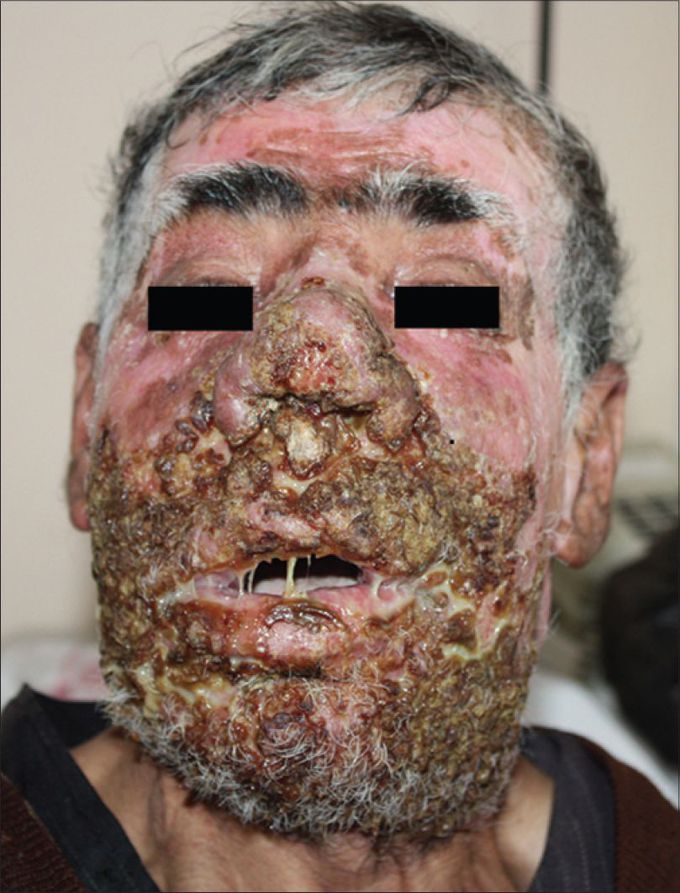


Mucocutaneous Leishmaniasis
Mucocutaneous leishmaniasis, also known as "Espundia," is a type of leishmaniasis, which is a parasitic disease caused by protozoa of the Leishmania genus. Leishmaniasis is transmitted to humans through the bites of infected sandflies. Mucocutaneous leishmaniasis primarily affects the skin and mucous membranes, such as those found in the nose, mouth, and throat. The disease typically begins with a skin lesion at the site of the sandfly bite, which may appear as a painless nodule or ulcer. Over time, the infection can spread to the mucous membranes, leading to more severe symptoms. Common symptoms of mucocutaneous leishmaniasis may include: Skin ulcers: Initially, a single skin ulcer or nodule may develop at the site of the sandfly bite. Mucous membrane involvement: As the disease progresses, the parasite can spread to the mucous membranes, leading to ulcers and lesions in the nose, mouth, and throat. These mucosal lesions can be disfiguring and cause symptoms such as difficulty breathing, swallowing, or speaking. Fever and fatigue: Some individuals with mucocutaneous leishmaniasis may experience systemic symptoms like fever and fatigue. Mucocutaneous leishmaniasis is caused by several different species of Leishmania parasites, depending on the geographic region. The disease is most commonly found in parts of South America, including Brazil, Peru, and Bolivia, but it can also occur in other regions of the world where the sandfly vectors are present. Treatment for mucocutaneous leishmaniasis typically involves antiparasitic medications, such as pentavalent antimonials, amphotericin B, or miltefosine. The choice of treatment may depend on the species of Leishmania causing the infection and the individual's overall health. If left untreated, mucocutaneous leishmaniasis can lead to severe complications and long-term disfigurement. Therefore, early diagnosis and appropriate treatment are essential for managing the disease.
How does one acquire this condition? is it something that comes on with age and geneticsor was it environmental or drug abuse conditions. Can a person recover from this if so what kind of procedures or medications are given.
It is transmitted by sand fly bites. Amphotericin B and sodium antimony gluconate are used for treatment
It's a parasite acquired by the sting of a mosquito. It's common in latin america. The parasites also infect other mammals, such as dogs and sinantropical animals. This parasite can cause a visceral tipe of condition, called visceral leishmaniosis, and can be deadly.

